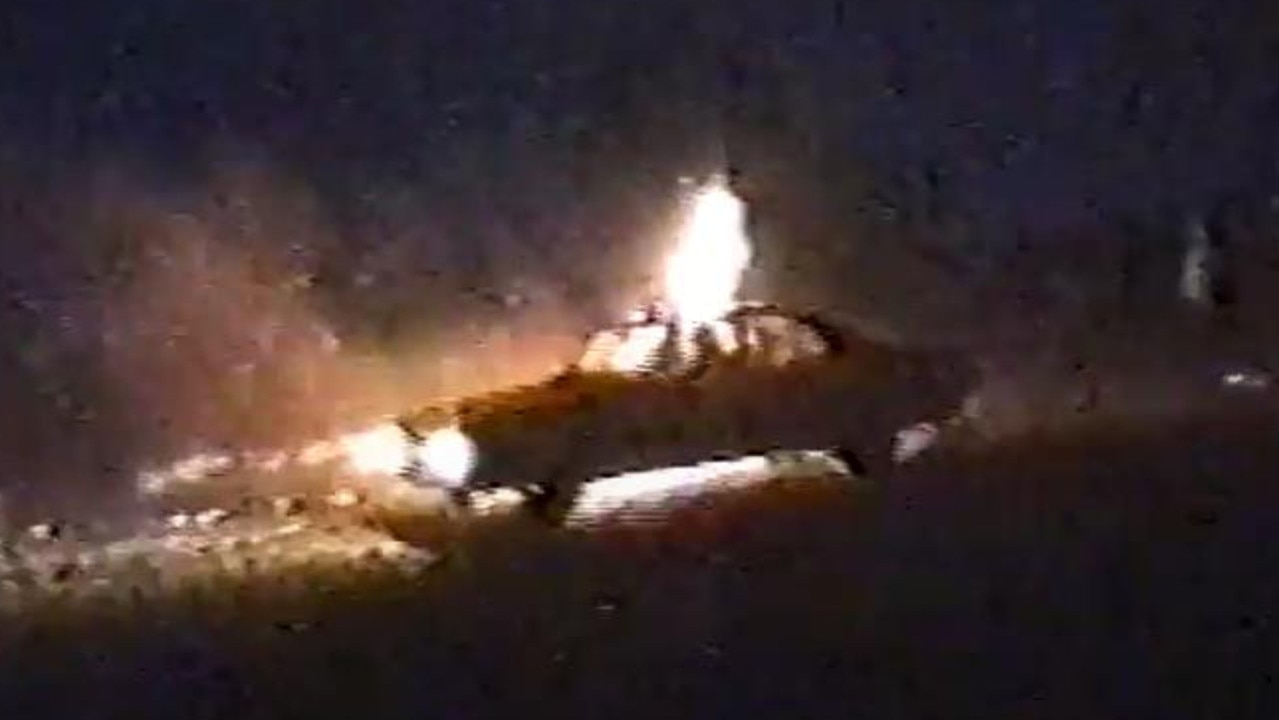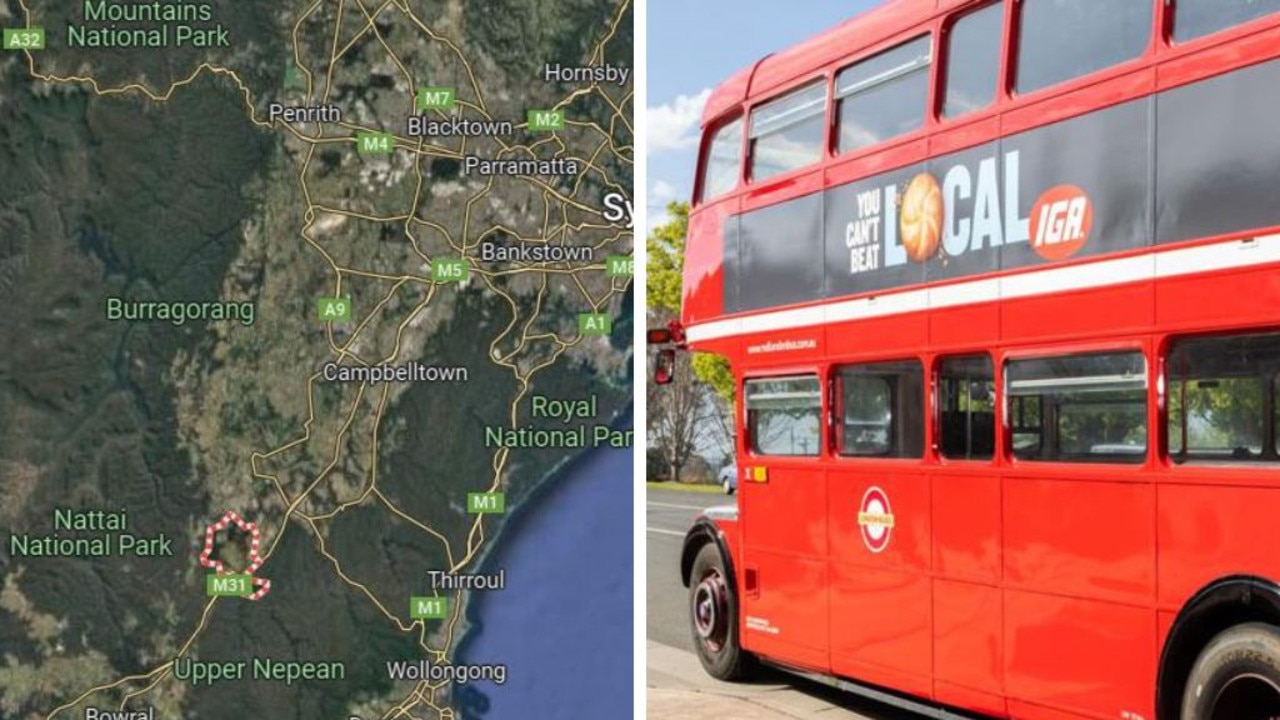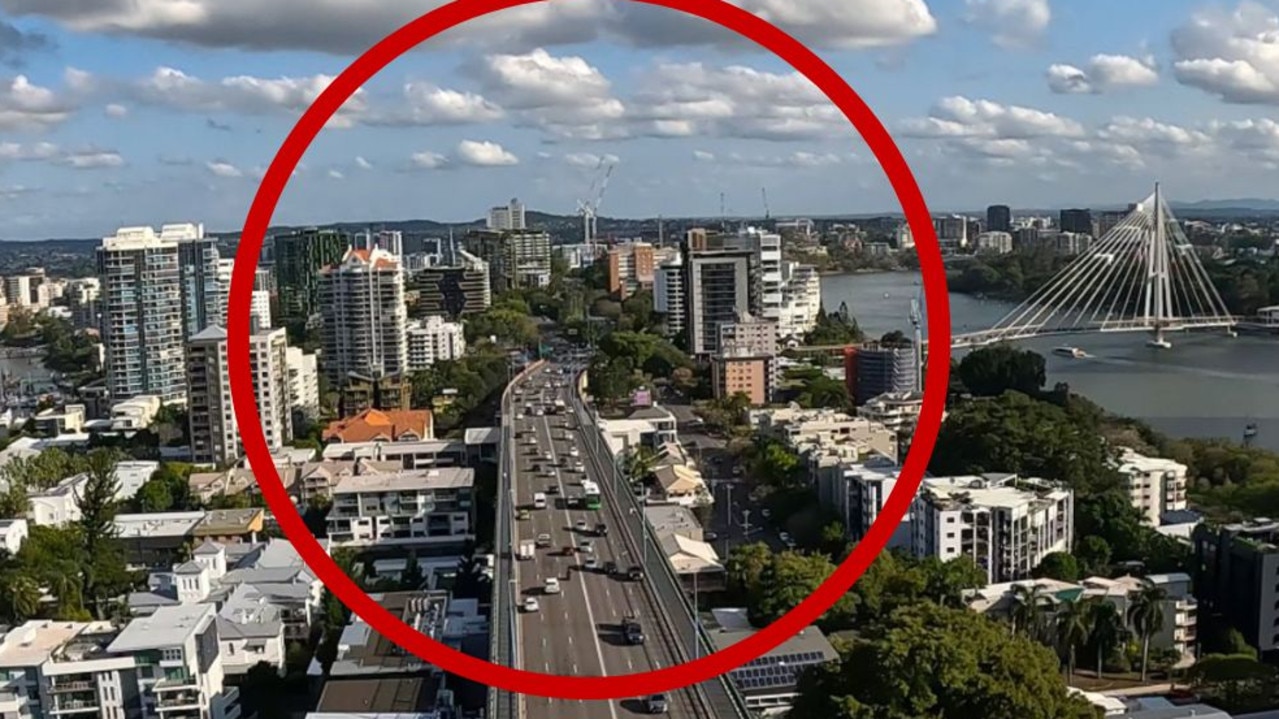Explore the Tarkine wilderness
A TRIP into the Tasmanian wilderness in an eco-retreat proves a relaxing escape away from modern-life pressures and technology.

NO TELEVISION, phone reception or internet connection - the digital detox had begun.
On the road to Corinna, plan a couple of stops to break the journey up.
Pause for tea and apple cake in the perfumed courtyard of Ingleside Cafe, Evandale, built as council chambers in 1867. Hundreds of soft pink roses climb the bricks of this beautifully restored building. An old wood-fire oven is still used to bake the home-style treats.
Head north towards Devonport for a leg stretch and lunch at Christmas Hills Raspberry Farm in Elizabeth. Scones with jam, a deliciously messy beef burger and the best raspberry smoothie I've had. There's a gluten-free menu on offer here, too.
Back on the road, poppy fields give way to sheep and dairy farms before changing again to clods of craggy soil, Tassie potatoes growing underneath.
I left the coastline at Burnie in exchange for forest. Corinna is on the southern end of the Tarkine - the second-largest cool-temperate rainforest in the world. Almost half a million hectares of protected huon pine, eucalypt, myrtle trees and a long list of threatened or endangered species occupy Tasmania's northwest.
It's also rich in Aboriginal history and home to the last disease-free population of the Tasmanian devil.
There is 20km of unsealed gravel road before reaching Corinna. At Europcar, hiring an all-wheel-drive vehicle with unsealed road cover (about $15 extra a day) will give you peace of mind.
Arriving late in the afternoon, I learnt the historic township was established after gold was found in the Pieman River in the late 19th century.
At its peak, the population swelled to about 2500 but declined quickly when the Emu Bay Railway to Zeehan opened.
Gold was planted in the area to try to extend the short-lived rush but, from 1899 to 1937, Swedish sailor Johnny Arberg was the town's sole occupant.
The old miners' cabins, pub and the last original roadman's cottage left in Tasmania have been restored for guests to stay in.
There are also campsites and campervan facilities and 14 eco-retreats.
Inside my retreat is a cosy lounge with gas fire, self-contained kitchen and separate bedroom and bathroom. Signs kindly request I drink as much of the rainwater as I like but use it sparingly while showering.
About 90 per cent of Corinna's energy is supplied through solar power and guests are encouraged to take rubbish with them - waste is disposed of 55km away.
In the living room a large, private window looks out to the stringybark forest, a great spot to watch the light slowly leave the trees.
Tarkine restaurant and Tannin bar is a quick walk down a pademelon-populated gravel path.
Dinner the first night was a wonderfully garlicky cobb loaf, baked trevalla, roasted tomatoes and a potato and walnut salad.
At the bar, Captain Tony convinces me to get up for the early Pieman River cruise if I want to catch the river at its best.
The promise of beautiful light, still, reflective waters and mist rising had my alarm set for early o'clock.
As I walked to the boat harbour the following morning, 10 minutes before the scheduled departure to see the boat chugging off into the distance, I had a few choice words for Captain Tony and his "still, reflective waters".
Fortunately there are seven walks into the Tarkine rainforest that start from Corinna.
With a few hours to kill before the boat returned, I set off on the Whyte River walk.
Fountains of moss crept up the trunks of old-growth trees as I followed the spongy, mostly level path to where the campsites sat along the river.
Captain Tony and I made peace as I boarded the Arcadia II. Planked with huon pine and Tasmanian hardwood beams, 16m long and 73 years old, the Arcadia has been a fixture of the Pieman River since 1970.
Passing 1000-year-old huon pines, leatherwood and native laurels, we disembarked 20km downstream at Pieman Heads. Ships were often wrecked on the treacherous waters where the Southern Ocean meets the mouth of the river.
The driftwood-littered beach would have been the ideal spot to stop for a picnic lunch if it weren't for the rain and blustering wind.
On returning, the barbecue night was beginning to take shape. Steak, roast chicken, pumpkin salad and potatoes wrapped in foil set a communal country vibe in the large corrugated iron shed.
The following morning I woke early to hike the old telegraph hill. Trading the luxury of the Arcadia for kayaks, the Savage River walk and paddle took our reasonably fit group a little under two hours to complete. Sitting so close to the water, without engine noise, a kayak is the best way to explore the area. We were able to get close to the banks and right on top of the Croydon steamship wreck.
We tied the kayaks to a pontoon for the boat to collect and walked through the forest back to Corinna.
Given it has survived untouched for more than 65 million years, the time to experience the Gondwana wilderness is now.
While the Tarkine surrounding Corinna is unlikely to be affected, other parts of the forest are facing a fight, with about 10 mining applications weighing heavily on the state conscience.
Leaving early the next morning, I was reminded of the John Marsden book, Tomorrow When the War Began. Three days minus contact with the outside world had me wondering what might have changed? After 30 minutes of driving, my phone came back to life - the digital detox was over.
-- The writer was a guest of Corinna.
--
Go2
CORINNA
Getting there
Virgin Australia flies direct to Launceston from Sydney. Hire a car through Europcar in the Launceston terminal building. See europcar.com.au
Staying there
One-bedroom eco-retreat $200 a night.
See corinna.com.au



